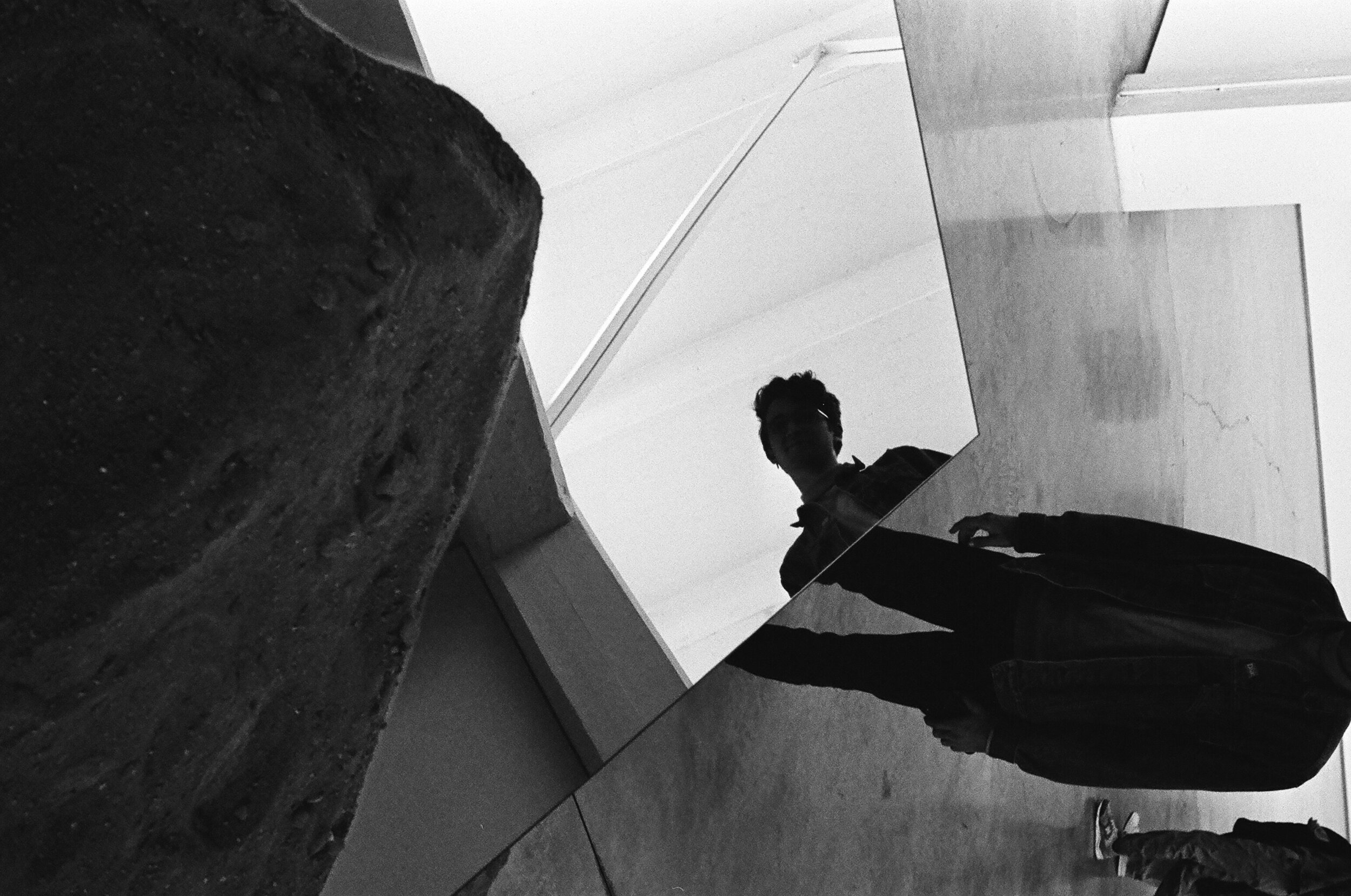It’s the dawn of a new decade and I feel that within the past year I’ve accumulated quite a number of photographs that range from the streets of New York to the alleyways of Florence. A lot of photographers use the opportunity to put together a book displaying their technical work or the world through their eyes. Among thousands out there, I don’t believe I’m someone who can say they’re one of the best, I don’t believe that. I don’t even think someone who works in photography can necessarily say they’re better or worse than anyone else. This year, aside from a few other endeavor (like writing more on this site) I’m happy to announce that I’ll be putting out a photography book of my own.
Differing myself from other photographers only slightly, the work I hope to include in this series involve simply a depiction of life as it is. I’m heavily influenced by early pioneers in the world of candid photography like Saul Lieter, Henri Cartier-Bresson, and even war photographers like Chris Hondros. The talent behind them doesn’t come in the editing or lighting, instead their achievements reflect their ability to work with the tools they have and take a photograph of a scene while also being there to live it. They don’t seem to disrupt the field of life as do most professionals do in order to obtain the best composition possible.
I value work that lets life speak for itself. Walking through New York City, know that you won’t ever come home without encountering the ridiculous, mundane and extraordinary. All of which are important to me. To me, it means that life can be very rich, though at times terrifying, to experience every level is be human. We thrive off of the emotions we feel every day, the sounds we hear, the light we see, and the emotions we feel between each other. Some might ask what can photography do in regards to this, and I say that through visual stimulation images can serve as a reminder of what we are simply through what’s seen through the lens. Quite honestly, I think the more raw the image the better to experience the humanity behind the person taking the picture.
We are all artist looking to communicate something in the best way possible, and similar to how I feel about all forms of art, if you can’t execute your message in the most interesting way or if you end up not having something interesting to say in the first place, then that’s where improvement should be. It all really depends on the context of course, but I value art through the thoughts that have gone into deciding a piece was good enough to share.
As for this book, I plan on calling it Infrared. The idea of light is such a powerful thing. It’s what we need to live, and to be alive. It’s also what allows us to create art, all while being a force we can’t even see. With that being said, Infrared is just that; it’s a portion of the spectrum that you don’t necessarily need to see even if you could, rather it’s something you feel. It has its dangerous side, as well as importance in sustaining life. So I view a lot of my work similarly in that it’s mainly about what’s in the image and how you absorb it to understand humanity more so that artistic fundamentals.
Of course every photographer is met with a question of what they’re shooting with and to me, what I shoot with isn’t important. Though I usually display my instrument of choice on an image I post on social media if you’re interested either way.

